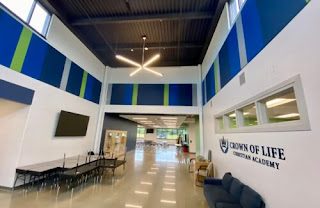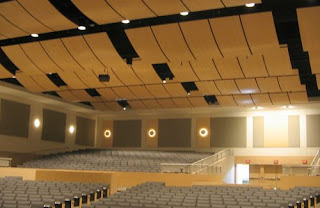Architectural Noise Control- The art of sound design

When you think about acoustics, you possibly think about concert halls. However, musicians are not the only ones that benefit from great acoustics. Architectural noise control is important in making sure sounds are transmitted effectively and clearly. They matter speaking of keeping things serene in places such as museums or libraries, or ensuring loud noises are not too loud, in places such as casinos. Loud noise can enhance blood pressure, anxiousness and stress, and put people at a higher stake of heart disease and stroke. On the other hand, a well designed school building with the right classroom acoustics can impact the mental health of a student and overall sense of wellbeing for good. The reality is, great acoustics are vital in almost any environment. This is why it is important to get them right from the beginning. It is much simpler to get great acoustics into a project at the outset, from the design phase through construction than it is to change things later on...


